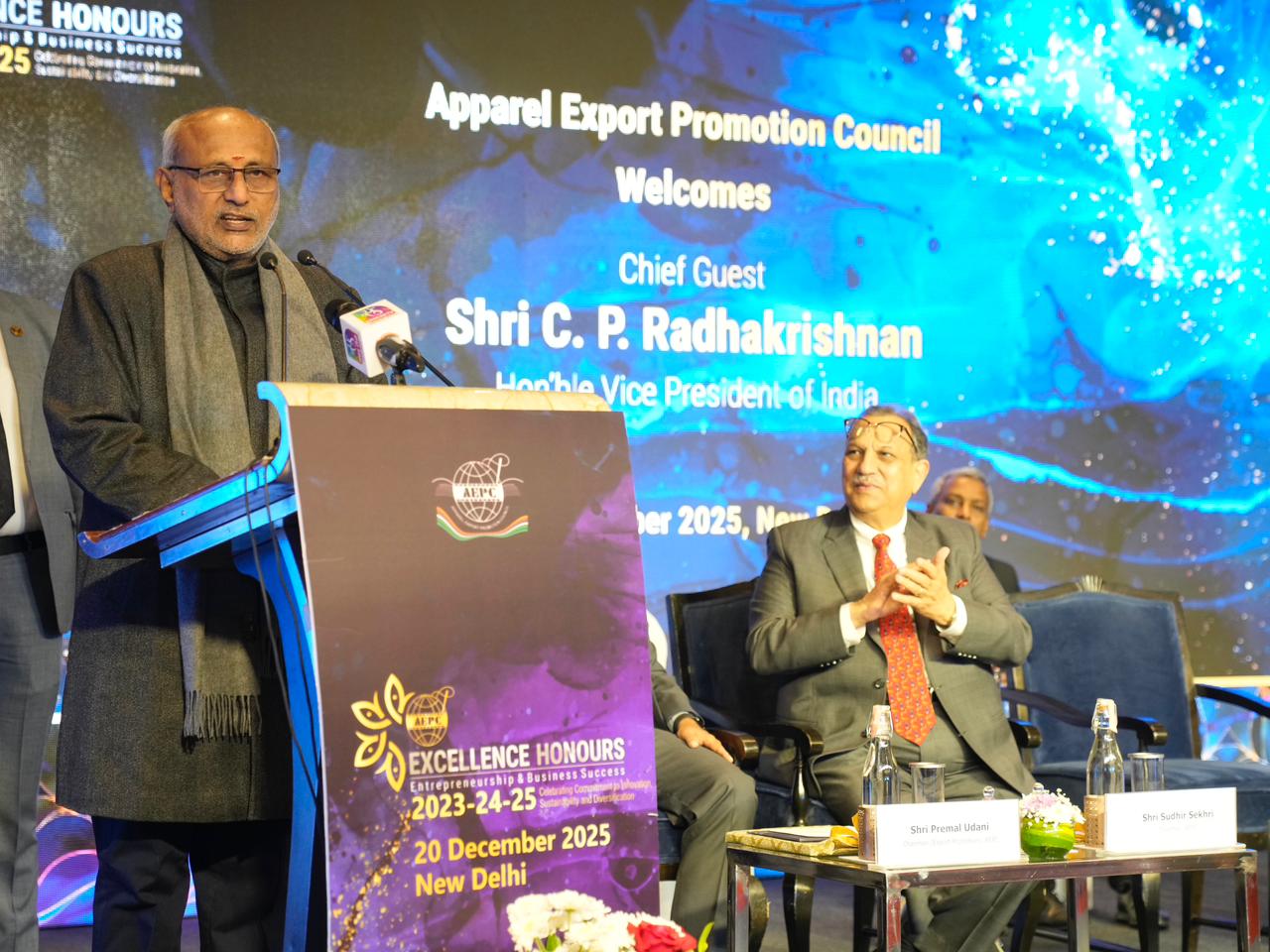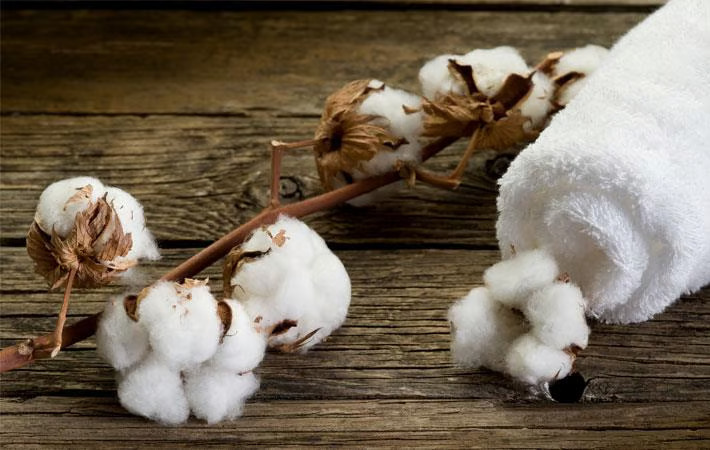
Bangladesh's yarn and textile manufacturing sector is facing a severe crisis, primarily due to a price gap between locally produced and cheaper imported yarn, particularly from India. This has led to a major slump in domestic sales and is threatening the existence of local textile mills, despite good domestic market. The core issues stem from a combination of unfavorable domestic policies, high operational costs, and the misuse of import privileges.
The vicious cycle imported vs. local yarn
A price gap has emerged between locally produced and imported yarn, making it economically unviable for garment manufacturers to source from domestic mills. This disparity is a direct result of government policies and market dynamics.
Table: Bangladesh and India yarn price difference
|
Yarn type |
Price per kg (approx. C&F Chattogram Port) |
Contributing factors to price |
|
Locally Spun 30-Count Yarn |
$2.95 - $3.05 |
High operational costs (expensive gas, high-interest bank loans), reduced government incentives (from 4% to 1%), and high duties on imported machinery. |
|
Indian 30-Count Yarn |
$2.68 - $2.72 |
Generous export incentives (RoDTEP, etc.), subsidies on electricity, capital, and labor, and alleged "dumping" practices. |
|
Price Gap |
$0.23 - $0.37 |
The substantial difference makes importing more profitable, as a saving of just $0.30 per kg makes a significant difference for large-scale garment manufacturers. |
The state of Bangladesh yarn sector
The repercussions of these challenges are evident in the operational struggles of Bangladesh's textile industry. The Bangladesh Textile Mills Association (BTMA) reports that local yarn sales have fallen by about 30 per cent from normal levels. This has forced mills to sell at a loss or at break-even, with over 50 factories having partially or fully shut down. Warehouses are overflowing with unsold stock, compelling some mills to store yarn inside factory floors.
Ironically the local textile industry has a substantial capacity. The Primary Textile Sector (PTS) meets approximately 85-90 per cent of the yarn demand for knitwear and 35-40 per cent for woven garments. The domestic textile and garment market is worth $12 billion annually, and local mills have the capacity to meet this entire demand. However, due to cheap imports and other issues, they only manage to sell about $7.5 billion of their products in the local market.
Textile mill owners claim that the issue has worsened due to the misuse of bonded warehouse facilities and the smuggling of yarn and fabric. They argue that huge amounts of illegal and untaxed yarn are being sold in the domestic market, further undercutting local mills.
Backward linkage and raw material reliance
Bangladesh's textile industry contributes over 13 per cent of the country's GDP, with the Ready-Made Garment (RMG) sector accounting for over 84 per cent of total export earnings. However, this growth is heavily reliant on imported raw materials. Bangladesh imports 97 per cent of its raw cotton, making the industry highly vulnerable to global price and currency fluctuations. Local mills meet approximately 85 per cent of the demand for knit fabrics but only 40 per cent for woven fabrics, with the rest being imported.
Meanwhile, Indian yarn imports continue to grow, tightening the squeeze on local producers.
Table: Bangladesh yarn imports
|
Data Point |
2024 |
2025 (January-July) |
|
Yarn Imports from India |
Rose by 41% |
Imports increased further |
|
Total Yarn Imports |
Reached a record $2.28 billion |
N/A |
|
Imported Yarn from India (by volume) |
340 million kg (47% of total imports) |
N/A |
|
Yarn imports from China (by volume) |
276.1 million kg (38% of total imports) |
N/A |
Data compiled from various sources including the National Board of Revenue (NBR) and the Bangladesh Textile Mills Association (BTMA).
The rise in yarn imports aligns with a broader increase in raw material imports for the RMG sector. Bangladesh Bank data shows double-digit growth in most textile-related import categories.
Table: Bangladesh textile related imports
|
Imported raw material |
FY 2024 ($ bn) |
FY 2025 ($ bn) |
YoY growth |
|
Total RMG Raw Materials |
$16.78 |
$18.44 |
+9.9% |
|
Raw Cotton |
$3.60 |
$3.46 |
-4.30% |
|
Yarn |
$3.21 |
$3.61 |
+12.3% |
|
Staple Fibre |
$1.39 |
$1.53 |
+10.0% |
|
Textiles and Related Articles |
$7.72 |
$8.69 |
+16.0% |
Data from Bangladesh Bank, Export Promotion Bureau
Thus the high dependence on imports and the struggle of the local manufacturing sector is a major challenge to Bangladesh's economic stability and its long-term goal of becoming a key player in the global apparel supply chain beyond being a low-cost manufacturer.












